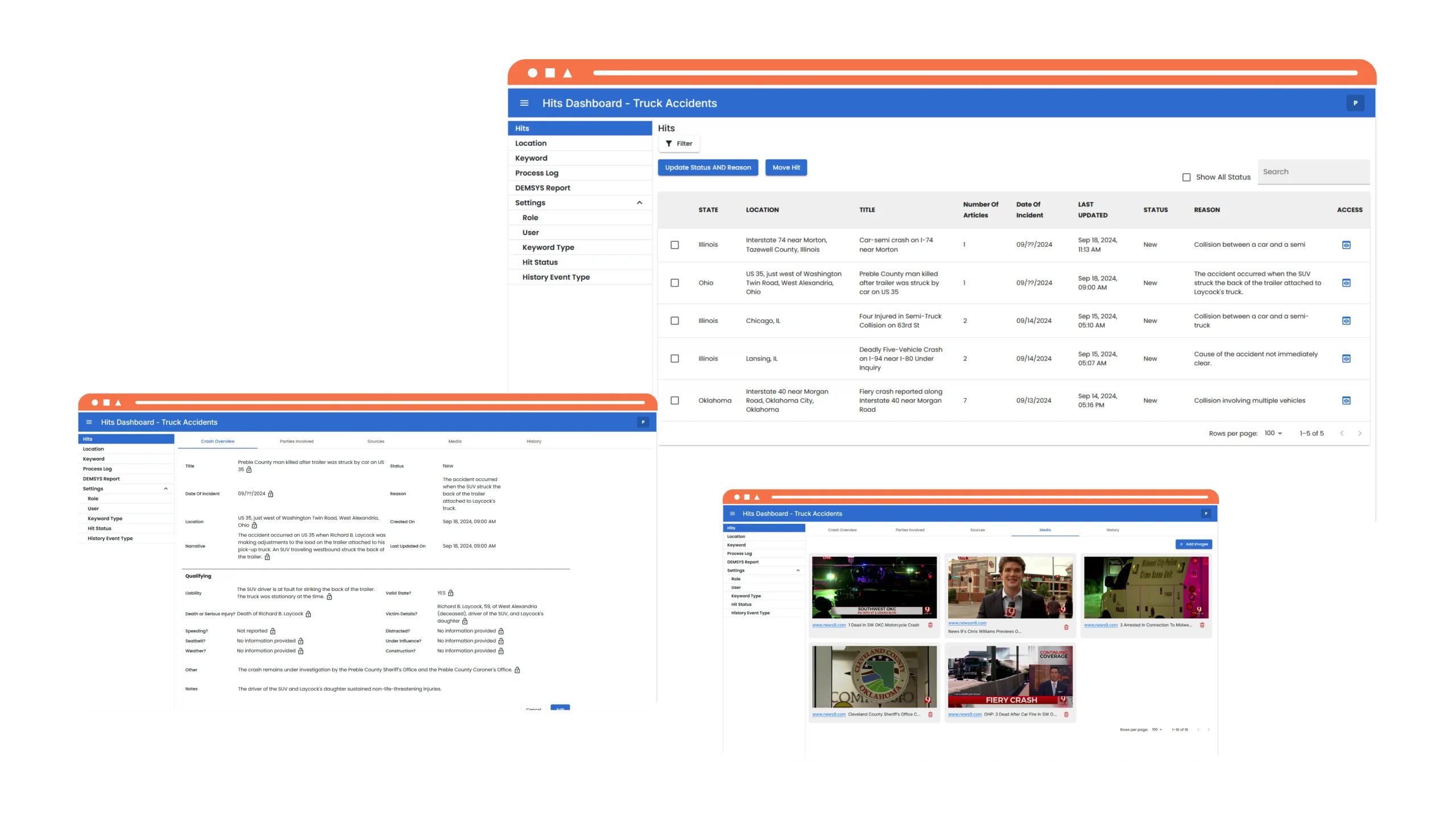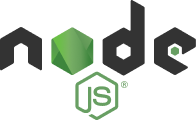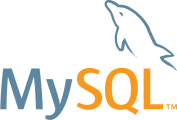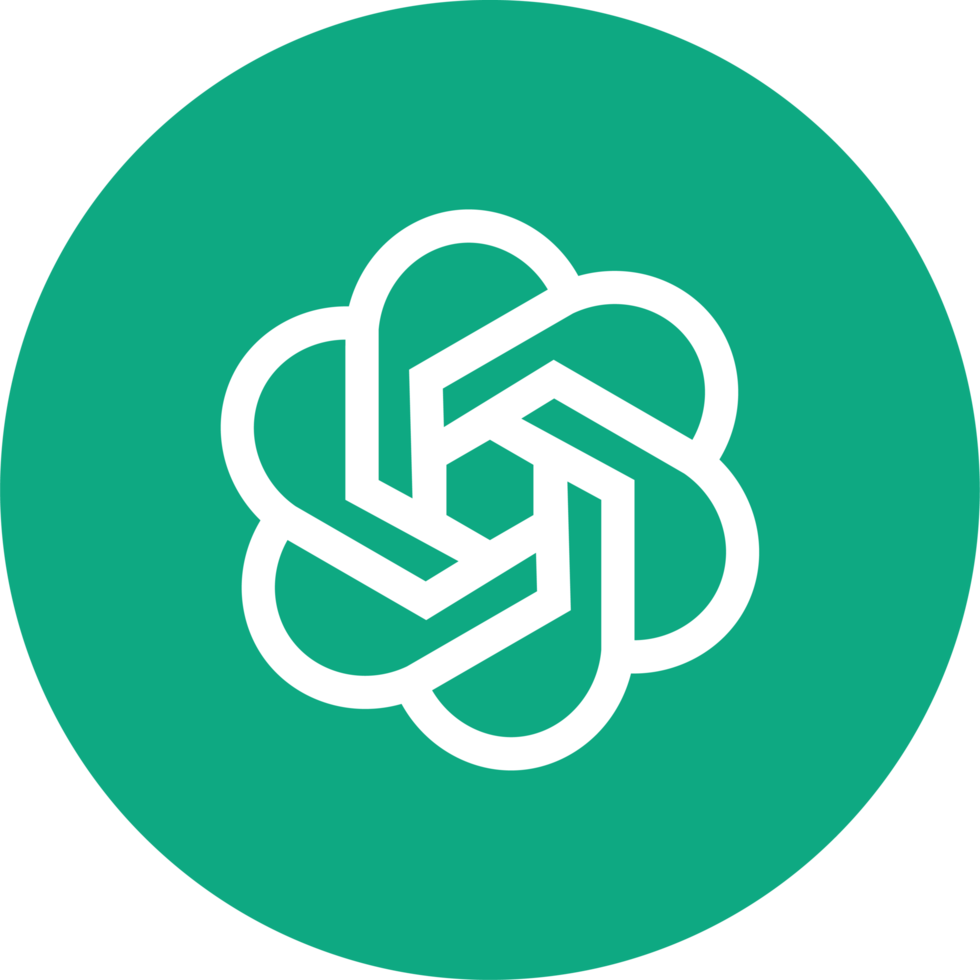AI based lead finder
Trucking Marketing
INDUSTRY
Marketing
Type
Business Application

Marketing
Business Application




Provided a centralized interface for the client to view and manage potential leads from new trucking accidents.

Automated the triage process, allowing the client to quickly assess the viability of leads.

Continuously searched Google for new articles related to trucking accidents, eliminating the need for manual searches.

Used AI to categorize accidents and extract critical information, making the analysis faster and more accurate.

Ensured secure access and management of the portal by defining user roles and permissions.








Streamlined the process of identifying and analyzing new leads, freeing up valuable time for the client to focus on core activities.
Improved the accuracy and speed of lead identification and assessment, allowing the client to pursue higher-quality leads.
Provided a scalable solution capable of handling increasing volumes of data and growing with the client’s business.